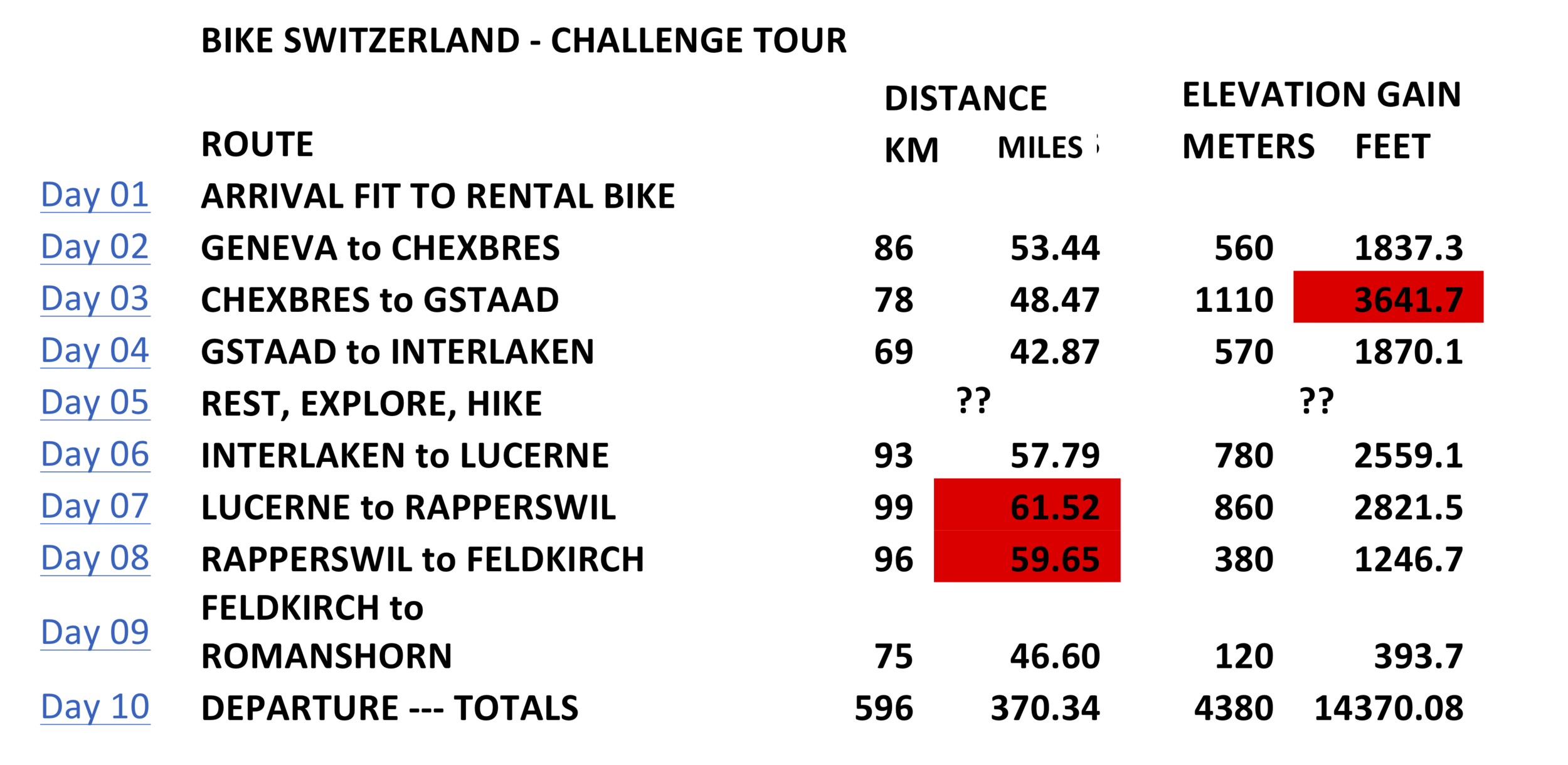Ryan Powell at Power Meter City (one of our generous sponsors) submitted this article of tips. See Power Meter City for their special BCI pricing on their line of high tech components.
Whether it’s for a new hobby or a way to be more eco-friendly, taking up cycling or biking is a fantastic decision. Biking is an excellent cardiovascular workout that doesn’t strain your bones and muscles as much as other forms of exercises do. It also does wonders for your mental health, helping you destress, discover, and renew yourself.
As a new cyclist, you must be eager to take out your new bicycle for a run. Before going out on your first run, though, you should equip yourself with the following essential biking gear to make your ride easier, smoother, and safer.
Lights
Front and rear lights are absolutely essential for your bike. For one, they help you see where you’re going, especially if you’re riding through dim or unlit areas. Bike lights also help you avoid collisions with other vehicles. They make it easier for other road users to see you in the dark, thus avoiding driving too close or grazing your bike.
Aside from bike lights, you should also have wearable light-up accessories, like a headlamp or a LED safety belt, to further increase your visibility on the road. Because you’re riding a smaller vehicle, it’s twice as important for you to visible on the road, especially one full of bigger and faster cars and trucks.
Bicycle Lock
No doubt about it—the city is full of questionable characters who won’t hesitate to take advantage of an unattended (and likely expensive) bicycle. Even leaving your bike for just a few minutes isn’t safe, especially in the metropolis. That’s why you should never forget to bring antitheft bicycle locks whenever you take your bike out for a ride.
Don’t purchase just any lock. Thieves have many ways to open ordinary locks. There are different types of biking locks to suit your needs and to protect your bicycle. Ask for recommendations from fellow cyclists, especially experienced ones, and read product reviews before purchasing a bike lock.
Never skimp out on your bicycle locks. And if possible, get two locks to double the security.
Mudguard
You won’t have many problems with mud and puddles in the city. However, if you go riding in the wilderness or rural areas, you’re bound to encounter all kinds of rough roads. Equip your bike with mudguards or fenders to minimize the mess when you ride through boggy roads.
Mudguards also protect you from getting splashed by water from your wheels when you ride through or after a rainy day. Most bikes usually have mounts to install mudguards, so all you need is to find fenders that fit your bicycle.
Portable Pump
You can’t predict when you’re going to have a flat tire. That’s why it’s always safe to carry your own tire pump wherever you go. Fortunately, you don’t have to suffer carrying a clunky air pump all the time as there are now portable models that are just about the size of a hand.
Aside from a minipump, you should also bring a spare tube, a multitool, and tire levers, in case you meet a bigger emergency than deflated tires.
Eyewear
Getting dust in your eyes while cycling can be dangerous, especially if you’re going fast. Wear a pair of sunglasses to protect your eyes from debris and stray bugs when you’re cycling. Having sunglasses on can also shield your eyes from the wind and the bright sun.
When choosing your biking eyewear, make sure to keep considerations in mind, such as fit, grip, coverage and protection, and the weight of the material.
Helmet
A helmet is essential for every cyclist. Several cities don’t require cyclists to wear a helmet when they ride their bike outside, but that shouldn’t stop you from getting one. Over 1,000 people die due to bicycle-related accidents in the United States every year. In 2015, the US Center for Disease Control and Prevention recorded 467,000 biking-related injuries.
Wearing a helmet can save your life and lessen your risk of getting fatally injured in a biking accident by 85 percent, says a case study by Bicycle Helmet Research Foundation.
Protective Clothing
Unfortunately, cyclists are not weatherproof or accident-proof (no matter how much they want to be). As a cyclist, the best way you can protect yourself from unpredictable situations is to wear protective clothing or gear, such as a waterproof jacket, knee and wrist guards, and body armor (for adventure bikers).
It’s not excessive to wear protective clothing, especially if you’re going to travel on unfamiliar terrain. When you’re adequately protected, you can be more worry-free and enjoy your biking adventure.
Bonus: Power Meter
While the things mentioned above are essentials, getting a power meter makes a difference in your biking adventures. When it comes to training yourself to become better at long-distance cycling or simply looking at useful data, this device will be beneficial in the long run. Power meters are compatible with most bikes, and they are easy to install, so you can use them right away.
Final Word
Cycling is a very healthy activity for both the rider and the environment. It allows the rider to reap a lot of benefits, chief of which is a healthier body and mind. Biking is also more eco-friendly and cost-effective.
Before you go biking, make sure to prepare yourself for anything you may encounter through your journey. Equip your bike and yourself with the essentials, from bike accessories to body protection, to have a safe and worry-free ride.
















